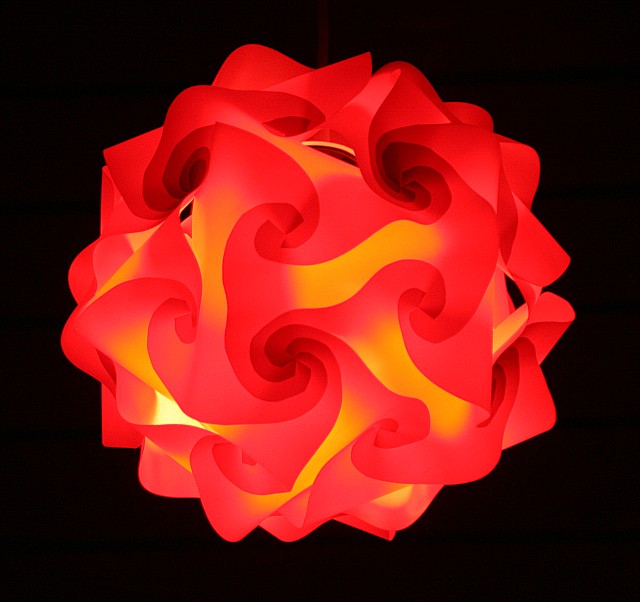Post Syndicated from Lennart Poettering original https://0pointer.net/blog/hackfests.html
The Linux Plumbers
Conference 2012 will take place August 29th to 31st in San Diego,
California. We, the systemd
developers, would like to invite you to two hackfests/sprints that will happen
around LPC:
San Diego: libvirt/LXC/systemd/SELinux Integration Hackfest
On 28th of August we’ll have a hackfest on the topic of closer
integration of libvirt, LXC, systemd and SELinux, colocated with LPC in
San Diego, California. We’ll have a number of key people from these projects
participating, including Dan Walsh, Eric Paris, Daniel P. Berrange, Kay
Sievers and myself.
Topics we’ll cover: making Fedora/Linux boot entirely cleanly in
normal containers, teaching systemd’s control tools minimal
container-awareness (such as being able to list all services of all
containers in one go, in addition to those running on the host
system), unified journal logging across multiple containers, the systemd
container interface, auditing and containers, running multiple
instances from the same /usr tree, and a lot more…
Who should attend? Everybody hacking on the mentioned
projects who wants to help integrating them with the
goal of turning them into a secure, reliable, powerful container
solution for Linux.
Who should not attend? If you don’t hack on any of these
projects, or if you are not interested in closer integration of at
least two of these projects.
How to register? Just show up. You get extra points however
for letting us know in advance (just send us an email). Attendance is
free.
➥ See also: Google+ Event
San Francisco: systemd Journal Sprint
On September 3-7 we’ll have a sprint on the topic of the systemd
Journal. It’s going to take place at the Pantheon headquarters in San
Francisco, California. Among others, Kay Sievers, David Strauss and I will participate.
Who should attend? Everybody who wants to help improving the
systemd Journal, regardless if in its core itself, in client software
for it, hooking up other projects or writing library bindings for
it. Also, if you are using or planning to use the journal for a
project, we’d be very interested in high-bandwith face-to-face
feedback regarding what you are missing, what you don’t like so much, and what
you find awesome in the Journal.
How to register? Please sign up at EventBrite. Attendance is
free. For more information see the invitation
mail.
➥ See also: Google+ Event
See you in California!







